
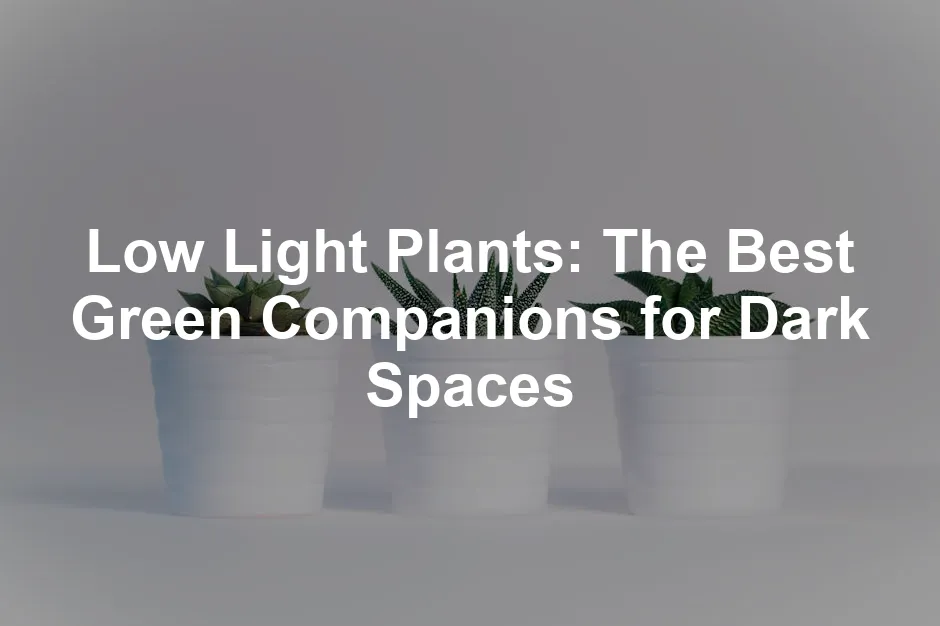
Low Light Plants: The Best Green Companions for Dark Spaces
Introduction
Low light plants are essential for indoor gardening. They thrive in dim conditions, making them perfect for homes with limited sunlight. Whether you’re a seasoned gardener or just starting out, these plants can bring life to your space. In this article, we’ll look at a variety of low light plants and how to care for them.Summary and Overview
Low light plants adapt well to indoor settings with minimal sunlight. They flourish in shaded areas, making them ideal for homes with north-facing windows or darker rooms. Having these plants not only beautifies your living space but also improves air quality. They can filter pollutants and provide fresh oxygen. Consider enhancing your indoor environment with an Indoor Air Quality Monitor to keep track of your environment’s health. This article covers various types of low light plants, including small houseplants, trees, shrubs, palms, succulents, and cacti. Many of these options require little maintenance, making them suitable for beginners. You don’t need a green thumb to keep them healthy and thriving. Get ready to discover the perfect green companions for your home!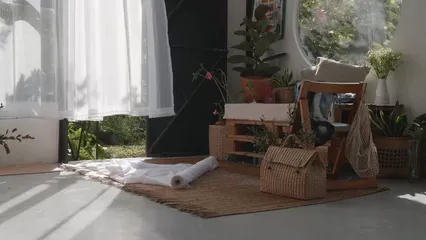
The Benefits of Low Light Plants
Low light plants are a fantastic addition to any indoor space. They thrive in dim environments, making them perfect for apartments or homes with limited sunlight. But why are these plants so essential? First, they offer air purification properties. Many low light plants, like the Snake Plant, can filter toxins from the air, creating a healthier environment. Imagine breathing in fresher air while enjoying your favorite green companion! For further insights into the best air purifying plants, consider adding the Air Purifying Plants Book to your reading list. Second, these plants enhance your home’s aesthetic value. They add a touch of nature, making spaces feel more inviting and vibrant. Whether you place them on a shelf or a windowsill, they can transform any room into a cozy oasis. You can also elevate your decor with Decorative Plant Pots that complement your plants beautifully. Lastly, low light plants require minimal maintenance. They don’t need constant attention and can survive on infrequent watering. This makes them ideal for busy lifestyles or for those new to plant care. Consider adding low light plants to your home. They can brighten up your space while improving air quality and requiring little effort to maintain.- Air purification properties
- Aesthetic value in home décor
- Low maintenance requirements
Types of Low Light Plants
Small Houseplants for Dark Rooms
If you’re looking for small houseplants that thrive in low light conditions, you’re in luck! These plants are perfect for dark rooms and require minimal care. To keep your plants healthy, consider using an Indoor Plant Care Book for guidance.- Spider Plant (Chlorophytum comosum) This hardy plant is known for its air-purifying qualities. Spider Plants tolerate neglect and grow well in partial shade. Just water sparingly in winter, and they’ll reward you with lush green foliage.
- ZZ Plant (Zamioculcas zamiifolia)
The ZZ Plant is a true survivor. It thrives in low light and can go weeks without water. Its glossy leaves add a modern touch to any room, making it a popular choice.
To learn more about caring for the ZZ Plant, visit our guide on zz plant.
- Golden Pothos (Epipremnum aureum) This trailing vine is not just beautiful but also an effective air purifier. Golden Pothos can adapt to various light conditions, although it prefers indirect light. Regular watering will keep it looking vibrant and healthy. If you want to take your plant care up a notch, consider a Indoor Plant Fertilizer to help it flourish.
- Aglaonema (Aglaonema commutatum) Known for its striking leaves, Aglaonema thrives in low light and humid environments. Keep the soil evenly moist, and you’ll enjoy its colorful foliage for years.
- Cast Iron Plant (Aspidistra elatior) True to its name, this plant is nearly indestructible. It can withstand a variety of conditions, including low light. Water infrequently, and it will thrive in your home.
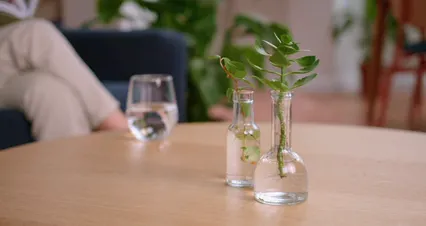
Low Light Trees and Shrubs
For those seeking larger greenery, low light trees and shrubs can be a stunning addition. They add height and drama to your indoor space while thriving in dim conditions. Here are some excellent choices:- Kentia Palm (Howea forsteriana) This elegant palm grows upright and can reach heights of 10 feet. It prefers indirect light and thrives in humidity. Place it in living rooms or near windows for a tropical vibe.
- Japanese Aralia (Fatsia japonica) With its lush, glossy leaves, this shrub can grow up to 6 feet tall. It’s perfect for shaded areas, making it ideal for hallways or corners. Keep the soil moderately moist for best results. For added humidity, consider using a Humidifier for Indoor Plants.
- Umbrella Plant (Schefflera arboricola) Known for its unique leaf structure, this plant can grow quite tall. It thrives in bright, indirect light but adapts well to low light. Ideal spots include bedrooms or bathrooms.
- Calathea (Calathea spp.) Featuring beautiful patterned leaves, Calathea prefers humidity and low light. It’s perfect for kitchens or bathrooms. Keep the soil evenly moist to maintain its vibrant appearance.
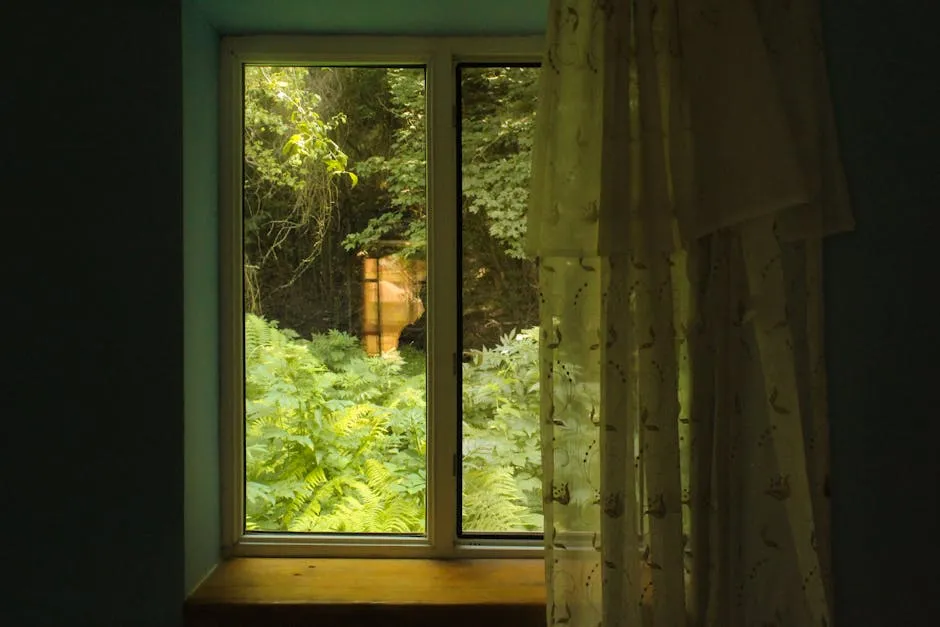
Maintenance Tips
- Watering: Most of these plants benefit from infrequent watering. Always check the top inch of soil before watering to avoid over-saturation.
- Placement: Position these trees and shrubs in spots where they receive indirect light. Avoid direct sunlight to prevent leaf burn.
- Humidity: Many low light trees enjoy humidity. Consider misting them regularly or placing them near a humidifier.
Caring for Low Light Plants
Watering and Soil Requirements
Caring for low light plants starts with understanding their watering needs. Most thrive on less frequent watering. Check the soil before adding water. If the top inch feels dry, it’s time to hydrate. Signs of overwatering include yellowing leaves or mushy stems. On the other hand, underwatering often leads to droopy foliage. Keeping an eye on these signs is crucial. To avoid confusion, a Soil Moisture Meter can help you determine when to water. For soil, choose a well-draining mix. Regular potting soil may retain too much moisture. Instead, look for a blend designed for houseplants or succulents. This helps prevent root rot, allowing your plants to flourish. Remember, a well-chosen soil type is key to healthy plants. Evaluate your watering habits. Are you giving your plants the right care they need? Adjust your approach for healthier growth.Light Conditions and Placement
Low light plants prefer indirect light, which mimics their natural habitat. Position them near north-facing windows or in rooms with filtered sunlight. Avoid placing them in direct sunlight; it can scorch their leaves. Different types of low light plants have varying light preferences. For example, Snake Plants can tolerate lower light conditions, while some succulents prefer a bit more brightness. Understanding these nuances is essential for healthy growth. Consider where your plants will thrive. Are there darker corners in your home that need some greenery? Evaluate your space and find the best spots for your low light companions. With the right placement, your plants will not only survive but thrive! To assist with this, an Indoor Plant Care App can be a fantastic resource.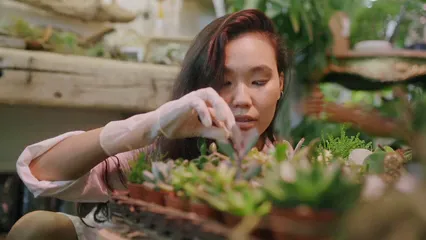
Troubleshooting Common Issues
Even the hardiest low light plants can face challenges. Understanding these issues can help you keep your green friends healthy and thriving.- Common signs of distress: Look for yellowing leaves, droopy foliage, or stunted growth. These are often signs that your plant is unhappy.
- Solutions for light issues: If your plant is yellowing, it may need more light. Try moving it closer to a window or adding a grow light. If it’s stretching towards the light, it could be a sign of too little illumination. A Grow Light for Indoor Plants can be a game changer in these situations.
- Water concerns: Overwatering leads to mushy stems and root rot. Ensure the top inch of soil dries out before watering again. Conversely, underwatering can cause leaves to droop. Adjust your watering schedule based on the season and humidity levels.
- Pests: Check for tiny bugs or webs. If you spot pests, treat your plant with insecticidal soap or neem oil. For more information on handling pests, check our article on common pests in japanese friendship gardens and how to control them.
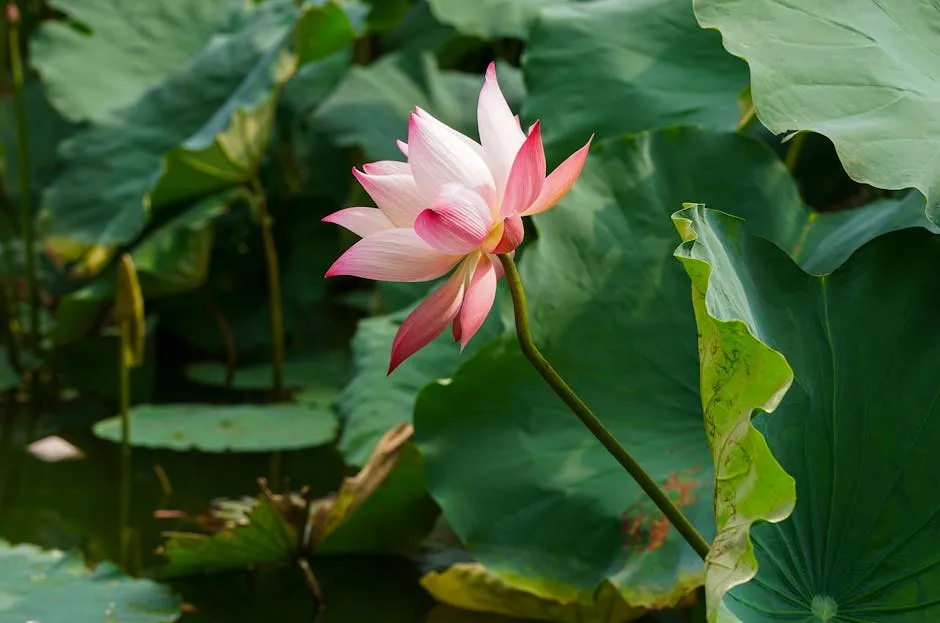
Conclusion
Low light plants play a vital role in enhancing indoor spaces. They adapt well to various environments, making them perfect for homes with limited sunlight. Caring for these resilient plants can bring joy and improve your living space’s aesthetics and air quality. Start your low light plant collection today and experience the benefits they offer! To learn about a variety of indoor plants, check out our guide on indoor plants. And if you’re into DIY, consider diving into a DIY Home Decor Book for some creative inspiration!Please let us know what you think about our content by leaving a comment down below!
Thank you for reading till here 🙂
All images from Pexels



